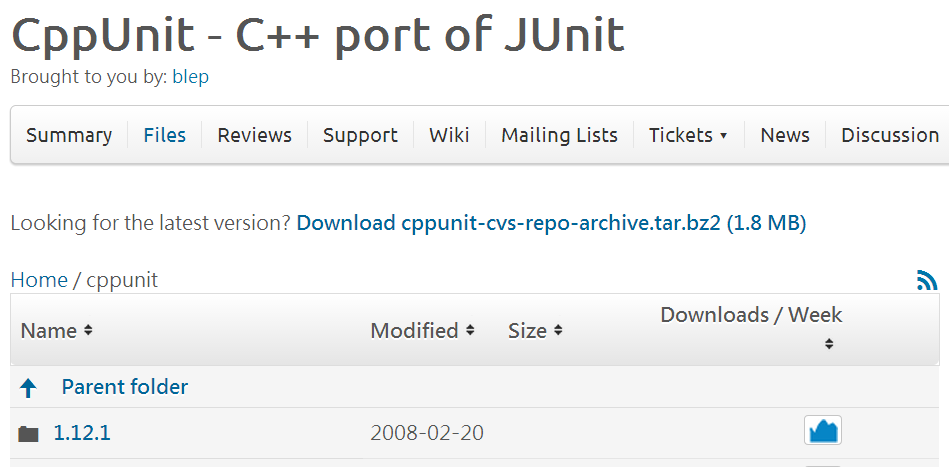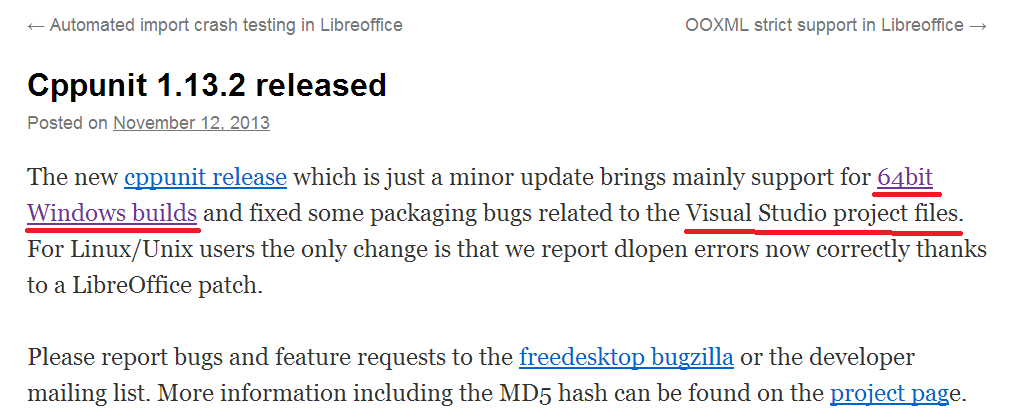這不是要教你怎麼覆寫==運算子,讓物件的==得到適當的定義。
而是要教你,如何告訴使用者,哪一個沒有比對結果。
示範準備程式碼
#include <vector>
#include <iterator>
#include <iostream>
class tObj
{
int m_condition[3];
public:
void setCondition(const int& Value1, const int& Value2, const int& Value3)
{
m_condition[0] = Value1;
m_condition[1] = Value2;
m_condition[2] = Value3;
}
const int getCondition(int index) const
{
return m_condition[index];
}
bool operator==(const tObj& obj) const
{
if ( (m_condition[0] == obj.m_condition[0]) &&
(m_condition[1] == obj.m_condition[1]) &&
(m_condition[2] == obj.m_condition[2]) )
return true;
else
return false;
}
};
void InitDB(tObj* o)
{
(o+0)->setCondition(4, 6, 8);
(o+1)->setCondition(2, 6, 6);
(o+2)->setCondition(2, 6, 6);
(o+3)->setCondition(2, 6, 8);
(o+4)->setCondition(2, 4, 8);
(o+5)->setCondition(2, 4, 8);
(o+6)->setCondition(2, 4, 8);
(o+7)->setCondition(2, 4, 8);
(o+8)->setCondition(2, 4, 8);
(o+9)->setCondition(2, 4, 8);
}
void DBtoVector(tObj* o, std::vector<tObj>& vo)
{
for (int i = 0; i < 10; ++i)
vo.push_back(*(o+i));
}
void displayMatch(std::vector<tObj> const& matchSample)
{
for (std::vector<tObj>::const_iterator ims = matchSample.begin();
ims != matchSample.end(); ++ims)
std::cout << ims->getCondition(0) << ", "
<< ims->getCondition(1) << ", "
<< ims->getCondition(2) << ", " << std::endl;
}
void isMatch(const tObj& x, std::vector<tObj>& vo)
{
std::vector<tObj> matchSample;
for (std::vector<tObj>::iterator it = vo.begin(); it != vo.end(); ++it)
if (*it == x) matchSample.push_back(*it);
vo.clear();
vo = matchSample;
}
int main(int argc, char const *argv[])
{
tObj o[10]; InitDB(o);
std::vector<tObj> vo; DBtoVector(o, vo);
tObj x; x.setCondition(2, 4, 8); //sample
isMatch(x, vo);
displayMatch(vo);
return 0;
}
一開始,C++的書都會教我們,比對資料這件事覆寫operator==()然後,用vector + iterator + for就可以找出來想要的了!。
但是,為了使用者!你必須告訴他,如果比對資料輸入錯誤,那麼,又該怎麼寫,才可以告訴使用者「你的第幾個值寫錯了」呢?
第一件事,就是刪掉operator==()先。真的!
新增這一段程式碼
const bool partsMatch(const int& index, std::vector<tObj>& vo, const tObj& x)
{
std::vector<tObj> matchSample;
for (std::vector<tObj>::iterator it = vo.begin(); it != vo.end(); ++it)
if (it->getCondition(index) == x.getCondition(index))
matchSample.push_back(*it);
vo.clear();
vo = matchSample;
return (matchSample.size()) ? true : false;
}
修改這一段程式碼,將回傳值改成字串
std::string isMatch(const tObj& x, std::vector<tObj>& vo)
{
if (!partsMatch(0, vo, x))
return "條件1 無符合項目";
else if (!partsMatch(1, vo, x))
return "條件2 無符合項目";
else if (!partsMatch(2, vo, x))
return "條件3 無符合項目";
else
return "完全符合";
}
主程式修改一下
int main(int argc, char const *argv[])
{
tObj o[10]; InitDB(o);
std::vector<tObj> vo; DBtoVector(o, vo);
tObj x; x.setCondition(2, 6, 1); //sample
std::cout << isMatch(x, vo) << std::endl;
displayMatch(vo);
return 0;
}
最後變成這樣(全部的程式碼)
#include <vector>
#include <iterator>
#include <iostream>
#include <string>
class tObj
{
int m_condition[3];
public:
void setCondition(const int& Value1, const int& Value2, const int& Value3)
{
m_condition[0] = Value1;
m_condition[1] = Value2;
m_condition[2] = Value3;
}
const int getCondition(int index) const
{
return m_condition[index];
}
};
void InitDB(tObj* o)
{
(o+0)->setCondition(4, 6, 8);
(o+1)->setCondition(2, 6, 6);
(o+2)->setCondition(2, 6, 6);
(o+3)->setCondition(2, 6, 8);
(o+4)->setCondition(2, 4, 8);
(o+5)->setCondition(2, 4, 8);
(o+6)->setCondition(2, 4, 8);
(o+7)->setCondition(2, 4, 8);
(o+8)->setCondition(2, 4, 8);
(o+9)->setCondition(2, 4, 8);
}
void DBtoVector(tObj* o, std::vector<tObj>& vo)
{
for (int i = 0; i < 10; ++i)
vo.push_back(*(o+i));
}
void displayMatch(std::vector<tObj> const& matchSample)
{
for (std::vector<tObj>::const_iterator ims = matchSample.begin();
ims != matchSample.end(); ++ims)
std::cout << ims->getCondition(0) << ", "
<< ims->getCondition(1) << ", "
<< ims->getCondition(2) << ", " << std::endl;
}
const bool partsMatch(const int& index, std::vector<tObj>& vo, const tObj& x)
{
std::vector<tObj> matchSample;
for (std::vector<tObj>::iterator it = vo.begin(); it != vo.end(); ++it)
if (it->getCondition(index) == x.getCondition(index))
matchSample.push_back(*it);
vo.clear();
vo = matchSample;
return (matchSample.size()) ? true : false;
}
std::string isMatch(const tObj& x, std::vector<tObj>& vo)
{
if (!partsMatch(0, vo, x))
return "條件1 無符合項目";
else if (!partsMatch(1, vo, x))
return "條件2 無符合項目";
else if (!partsMatch(2, vo, x))
return "條件3 無符合項目";
else
return "完全符合";
}
int main(int argc, char const *argv[])
{
tObj o[10]; InitDB(o);
std::vector<tObj> vo; DBtoVector(o, vo);
tObj x; x.setCondition(2, 6, 1); //sample
std::cout << isMatch(x, vo) << std::endl;
displayMatch(vo);
return 0;
}
也許不是完全美的做法,但是,還不賴。








